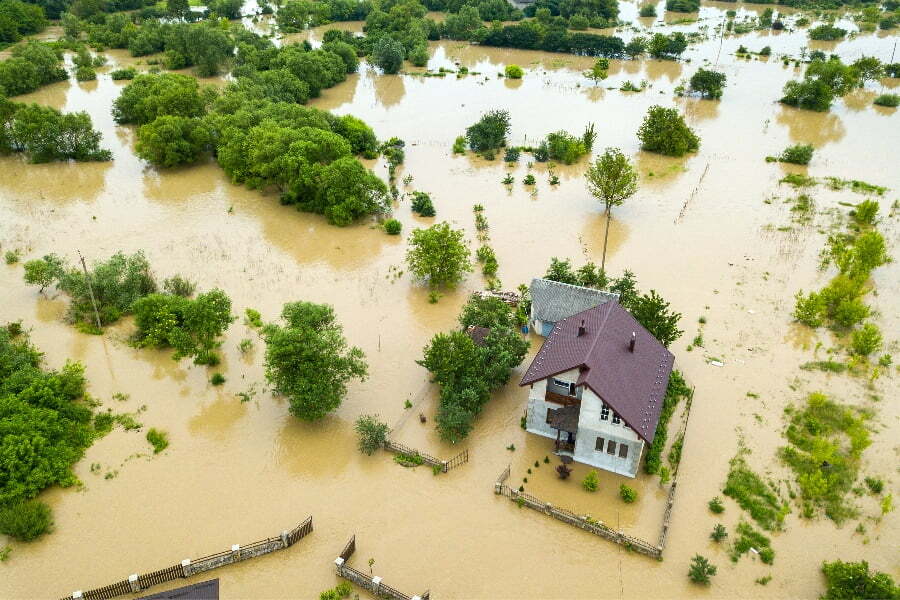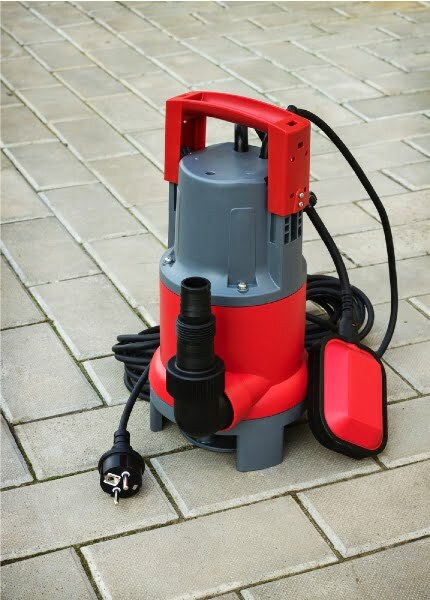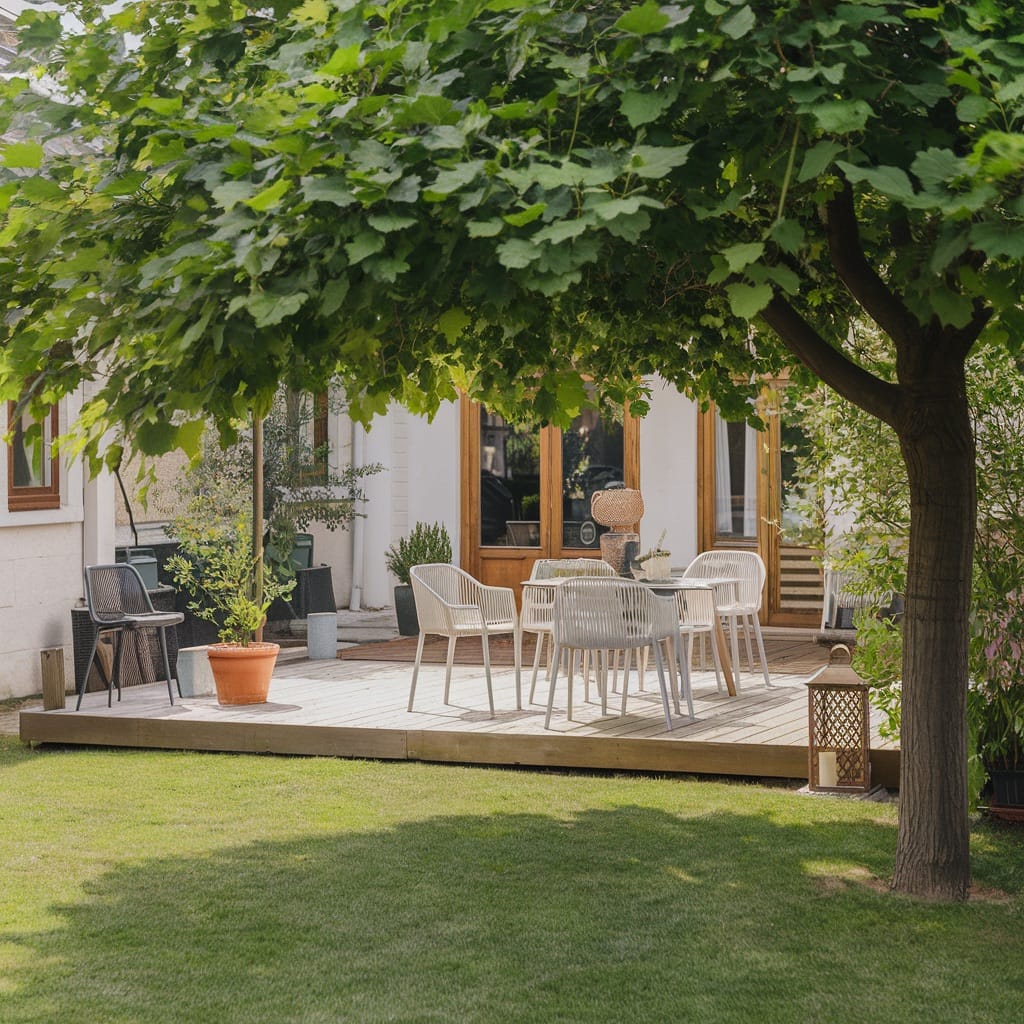Last updated on
Living in a flood-prone area can be stressful and overwhelming, especially if you do not have the proper items to protect your home from potential flooding.
It is essential to take the necessary precautions to ensure that your family and belongings are safe in the event of any flooding.
We’ll discuss some important items that should be part of every household’s emergency preparedness plan if they live in a flood-prone area.
We’ll cover information about various products such as sandbags, sump pumps, water alarms, and waterproof storage containers as well as tips on how best to use them for maximum protection against floods.
Let’s explore!
Flood Vents

An area prone to flooding requires a good system of flood vents. These are specially designed to let out water during floods and provide protection against flooding in low-lying areas.
Make sure to install high-quality flood vents that meet the standards set by your local building codes, as they’re an essential part of any property’s protection against flooding.
Make sure to consider a brick flood vent because it offers the strongest protection against flooding and other potential problems. Additionally, make sure to inspect your flood vents regularly and replace them as needed.
Sandbags
Sandbags are great for keeping water out of your home in a flood-prone area. They are easy to set up, inexpensive, and can be used to create levees around your property to help protect it from rising waters.
Make sure to use sandbags that are designed specifically for flood protection – they should be made with durable fabric such as polypropylene and filled with high-quality sand or soil.
Also remember to check on the condition of the bags periodically, as they may need replacing after extended periods of heavy rain or flooding. For example, if the sandbags appear to be worn, cracked, or ripped in any way, it’s time for a new set!
Sump Pumps

If you live in an area that is at risk of flooding, you should have a sump pump installed in your basement or crawlspace. This device pumps out water from the lowest portion of your home and into a drainage system outside.
Make sure to install a high-quality sump pump with a powerful motor and check on it regularly to ensure that it is working properly. You may also want to consider installing battery backup systems as well so that your pump will still work during power outages caused by floods.
This step is crucial for protecting your home and preventing the potentially costly damage that can come with flooding. It’s best to learn about basement floor waterproofing and figure out the best way to install a sump pump for your specific home. This solution will also make sure that you don’t have to deal with any basement flooding issues.
Water Alarms
Water alarms are another essential item for flood-prone areas. These devices detect the presence of water and alert you with a loud alarm sound when they come into contact with it.
This gives you plenty of time to take action and protect your home before any serious damage is done. Make sure to install multiple water alarms throughout your home – particularly in areas where flooding is more likely such as basements and crawl spaces – for maximum protection. While these alarms are not foolproof, they can provide an extra layer of protection against floods.
Waterproof Storage Containers
Having waterproof storage containers on hand can be a lifesaver in the event of floods or other natural disasters that may come your way.
Investing in quality containers designed specifically for flood protection will help keep your important documents, valuables, and other belongings safe from moisture damage if you find yourself needing to evacuate your home.
Make sure to choose a waterproof container that is made from heavy-duty material and can withstand the pressure of up to two feet of water.
Elevation
If you live in a flood-prone area, it’s important to take proactive steps like elevating your home above the flood plain. This can be done by raising the foundation or building up the higher ground around your home with fill dirt and other materials.
Talk to an engineer, surveyor, or builder to make sure that any elevation measures are safe and effective, as well as compliant with local laws and regulations. For some, this may be the only solution to protecting your property from flooding.
By taking these steps, you will be better prepared for any potential flooding in your area and keep your family safe. Remember, prevention is always the best policy when it comes to protecting your home and belongings against floods!
The time spent preparing now could save you lots of money, stress, and hassle down the line – so make sure to take all necessary measures to ensure that you are ready for anything. Good luck!
Recap:



